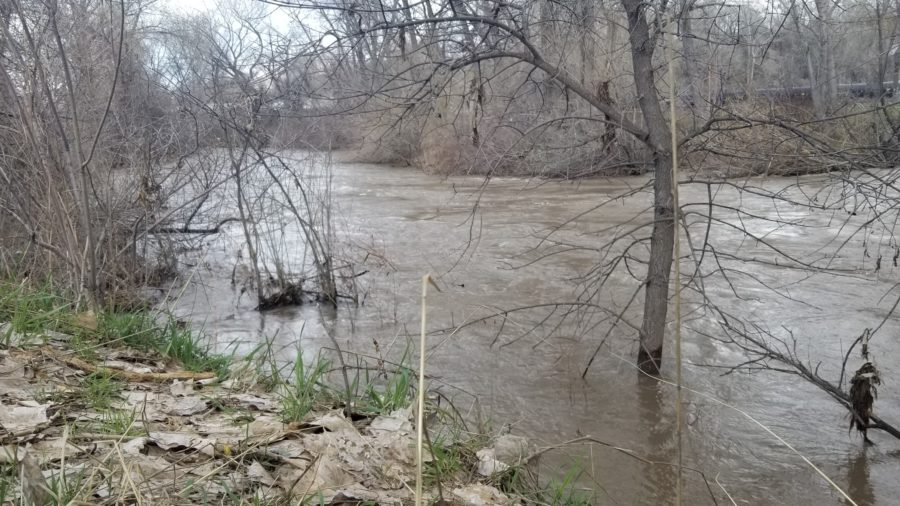Utah is in high waters
The state of Utah has had a record-breaking year for snowfall this winter season. With all of the snow, however, many Utah officials and residents have been concerned about the likelihood of flooding as summer gets closer.
KSL reports that as of April 5, the Natural Resources Conservation Service’s record of Utah’s average snow-water equivalent of 28.8 inches in the 1951-52 snow season was broken. That makes this year’s 29 inches average snow-water equivalent the all-time record, since they began keeping statewide records in the 1930s.
After years of drought and little precipitation, Utah’s land and residents are ill-prepared for the melting of all the snow. Though the snowy season has seemingly come to an end, rising temperatures bring the possibility of flooding to the forefront of Utahn weather worries.
Many cities and counties are already facing a shortage of sandbags, which can prevent water from reaching homes. Sandbags are still available to Ogden community members through North Ogden Public Works.
Though the flooding of homes has been a concern, the city of Ogden is most concerned with the rising water levels in the Ogden River and other nearby rivers.
“As spring approaches and warmer weather ensures, the snow and ice have started melting, feeding into the Ogden River and other waterways in Weber County,” Mike McBride, Ogden city management official, said in a press release on March 30. “Every year, there are concerns with the Ogden River, which begins to flow much faster due to the melting snow. In addition, water can be unpredictable due to debris that will be traveling with water. Please be aware of the river and take caution when traveling around it as it will be frigid and moving fast,”
As the snow melts, water levels will rise and water will begin moving faster. Though this can be dangerous, the city of Ogden outlines some tips to stay safe near and around bodies of water: Closely supervise children when near the river, do not let your pet off their leash near the river, if your pet is in the river, don’t attempt to go after them and stay away from riverbanks.
Ogden urges citizens to be vigilant when around bodies of water or other places susceptible to flooding.
“Be aware of streams, canyons and other areas susceptible to flooding,” McBride said. “Don’t walk or drive through flooded areas with 6 inches of water or more. At 7 MPH of moving water, 9-10 inches will knock an average person off their feet. At 4 MPH of moving water, 3 feet of water will knock an average person off their feet and wash them downstream. During this season, it is wise to wear a life vest if you need to be near the river for any reason.”
The Centers for Disease Control and Prevention reports that 1.19 drowning deaths occur in Utah per every 100,000 people, as of August 2022. With rising water levels due to the melting of snow, the city of Ogden urges vigilance surrounding bodies of water and to proceed with caution when anywhere with a risk of flash-flooding.
Though we aren’t completely done with snow for the season, the melting of snow brings about worries when it comes to avalanches, as well as the flooding.
On April 9, an avalanche warning went out to residents of the Northern Wasatch front that lasted until April 12 at 6 a.m. With the possibility of more snow, the National Weather Service warns residents of the Northern Wasatch Front to avoid being on mountains or near the foothills of these mountains.
The extra water does have its upside, however. Because of the great increase in precipitation, Brigham Young University’s College of Life Sciences reports that the Great Salt Lake has risen 3 feet after hitting an all-time low in November 2023.
Ogden city officials and Utah weather officials urge residents to be aware of the extra water and to take the proper precautions as the snow begins to melt. Officials say to avoid being near rivers, mountains, foothills, or other quick moving bodies of water while the snow melts and turns into water.










